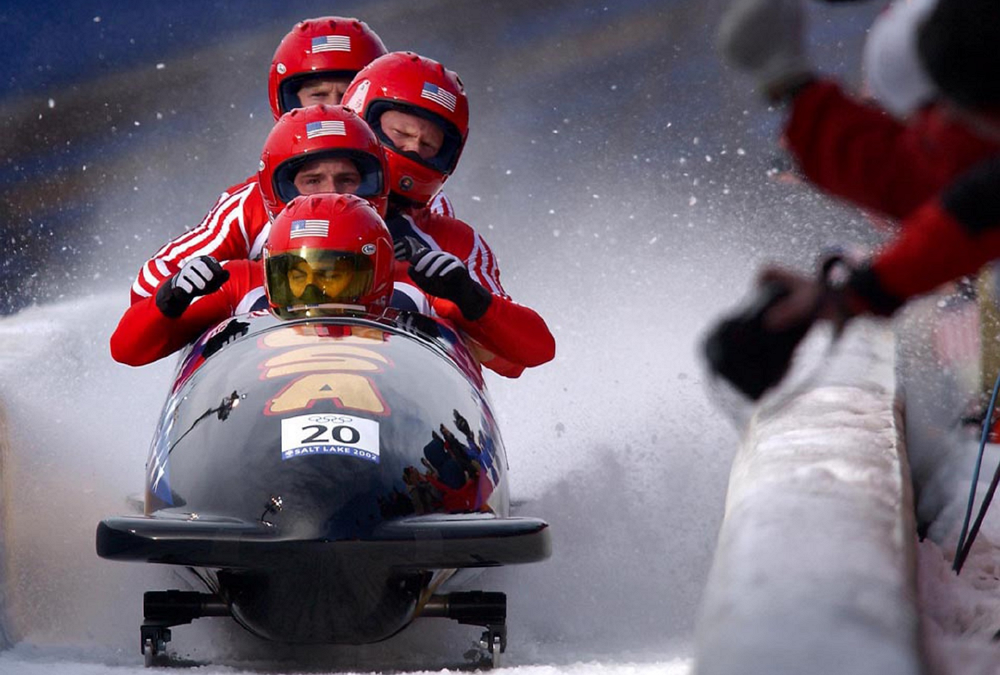In my previous post I wrote about the state of flow, how to reach it and its importance of amplify its effects at organizational level. In this post I would like to talk on how to diagnose and help Agile teams to reach their state of flow.
Reaching the state of flow is such a great way to learn and produce meaningful results. And, doing that with Agile team is even more important. Why?
Let’s consider for one moment what the Agile Manifesto states as its first value:
Individuals and interactions over processes and tools
Well, anyone who really wants to embrace Agile thoroughly, taking care of the people and their interactions is paramount to free their power and creativity.
Thus, helping Agile teams to reach the state of flow, is a great way to ensure business performance and results from one side, people growth and engagement on the other.
Team State of Flow Radar
One tool I use is the State Of Flow Radar. This tool is great to be used during retrospectives, to assess the level of each team member in an open and transparent way, along the two axes: Challenges and Skills.
Every team member should assess the level of challenges faced during the sprint just finished, and the related skills possessed grading these two on a scale from 1 (very low) to 10 (very high).
It’s important to notice that, in order to produce valuable data, the level of trust within team members must be total and anyone should feel safe to admit that he/she is struggling and is lacking of some important skills. This is not obvious and the right degree of dedication must be put in place, to create the pre-conditions to allow it to happen.
The goal for any coach or scrum master, is to bring the team to the runway for reaching the state of flow. The matrix above needs to be analyzed according to the sector where each point (team member) is.
According to the position of each point we can identify a personal state in which each person is positioned. First of all, it is necessary that team members are starting at least from the median position of the matrix, to let them reach the state of flow.
Thus, assure your project has a clear Vision and your team drafted its Mission. Deliver training and coaching and create momentum. Then, consider each state and develop concrete strategies:
- Worry / Anxiety. When a person falls here, challenges are too high and skills to low. People is experiencing high stress and risk burn-out. Shield Teams. Shrink the Challenges. Deliver training and coaching. Pair team members (e.g. junior with senior) or arrange Mob programming sessions to share, learn and build the team.
- Boredom / Relaxation. People here are really disengaged and there’s a low level of challenges. Increase challenges incrementally. Give coaching.
- Arousal. Challenges are still higher than skills. People are experiencing too much excitement, sometimes are in a hurry. Give coaching. Reduce pressure.
- Control. Skills are high, while challenges are low. It’s ok to remain here after an intense period, but for a short time. Increase challenges.
- Flow. You are there! People engagement and enjoyment are at high levels and performance good. Increase challenges steadily, Give the team more autonomy.
Now, your goal as a Scrum Master or Coach is to bring all your teams right in that flow channel, step by step, by “reading” their state every and each sprint.

Of course, it is not that simple as it seems and it could be necessary hard work to help the teams reaching that target.
Many times work must be done out of team boundaries, such as working with team members’s managers and their leadership style, or on organization processes which hinder team effectiveness (e.g. separation between Dev and Ops), or the organization culture which could suffocate any “flow” of fresh air. But finally you should aim to let your teams swing.
Rowers have a word for this friction-less state: Swing. Trying too hard sabotages boat speed. Trying becomes striving and striving, undoes itself. Swing is a state of arrival. – Craig Lambert
Ok, now that your teams are quite close to the state of flow, we are ready to understand what are the triggers to reach the state of flow at Scale.
Well, stay tuned, this is part of my next post! :o)





